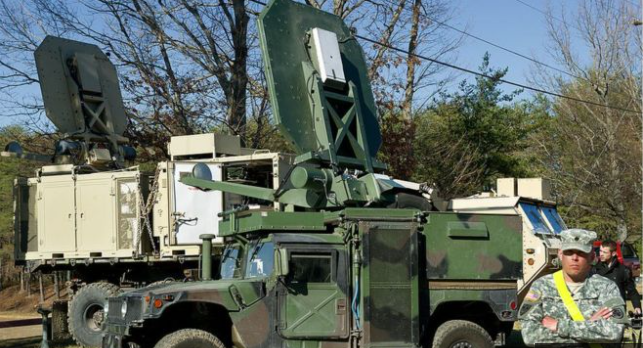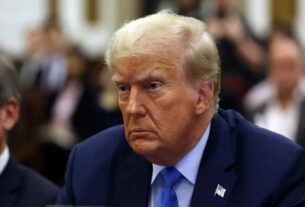Officers requested a “heat ray” weapon for possible use against protesters in a park next to the White House in June, a National Guard major has testified.
Military police allegedly asked for the Active Denial System (ADS), which makes targets feel their skin is on fire.
It was before authorities cleared Lafayette Square of demonstrators on 1 June amid protests over the killing of black man George Floyd.
The National Guard did not possess the heat ray and it was not used.
Law enforcement officers are instead believed to have used tear gas, rubber bullets and smoke grenades to clear the park.
At the time authorities said it was to tackle violent protesters who had thrown rocks at police and started fires. Reporters at the scene however said the demonstration had been peaceful.
Park Police have denied using tear gas, saying that they instead fired “pepper balls” – projectiles with capsaicin, the chemical that gives peppers heat – at protesters.
How are African-Americans treated under US law?
Five pieces of context to understand the US protests
Shortly after officers cleared the park, US President Donald Trump walked across the street from the White House for a photo opportunity outside a church.
The clearance of the protesters to make way for Mr Trump drew heavy criticism from both Democrats and Republicans, and Washington DC Mayor Muriel Bowser called it “shameful”.
In response to NYU’s refusal to remove NYPD officers from campus, pardon “students, faculty and graduate workers” facing disciplinary action, and “substantially negotiate” with student protesters over their requests, at least 100 graduate student employees threatened to withhold their grades last week. Some faculty members also promised to assign and proctor exams three days after the movement went viral, but they wouldn’t enter the results into Brightspace or Albert until the institution complied with the group’s requests.
Requests for comment from the graduate student union and a university representative were not answered.
Also Read: Judge Disagrees with Trump’s Claims of Court Bias





